Cart
undefined
If you’re anything like me, then after your first trip to Japan, you’ll probably be reassessing your life and thinking about how you can return to spend longer in the country.
What most people miss when planning a first time itinerary to Tokyo, is the wealth of day trips on offer on the outskirts of the city.
The bright lights of Japan’s capital entice many visitors to the most famous spots, but when in Tokyo it’s best to do as locals do and explore the city’s lesser-known neighbourhoods.
A world class museum doubles up as a hotel, cutting edge modern art flows along the coastline, and disused buildings are transformed into pop-up galleries.
Once a quiet residential suburb, Nakameguro is a neighbourhood that has reinvented itself over the years.
From design hotels and creative living spaces to art islands and floating tea houses, Japan has so many unique places to experience art and architecture.
Spanning the length of 3 prefectures, the Japanese Alps are full of natural beauty. From snow monkeys and sacred forests to thatched-roofed villages and more, here’s how to experience it at its best.
Travelling ‘hands-free’ throughout Japan is a less stressful and far easier way to see the country. Here’s how to do it.

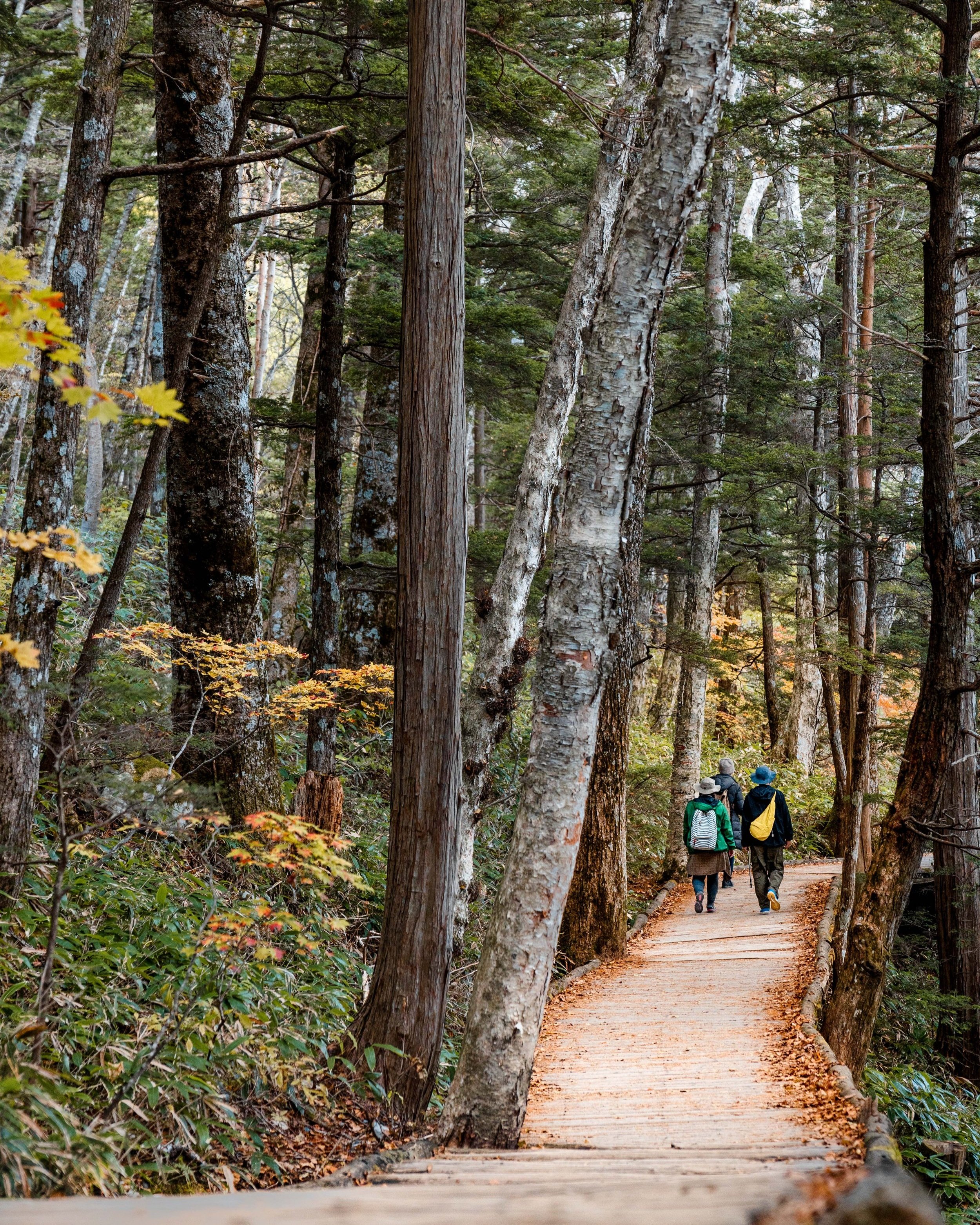
Spanning the length of 3 prefectures, the Japanese Alps are full of natural beauty. From snow monkeys and sacred forests to thatched-roofed villages and more, here’s how to experience it at its best.

Looking to dive deeper into Japan’s culture and history? Traditional Japanese inns might just be the unique accommodation option you’ve been looking for.
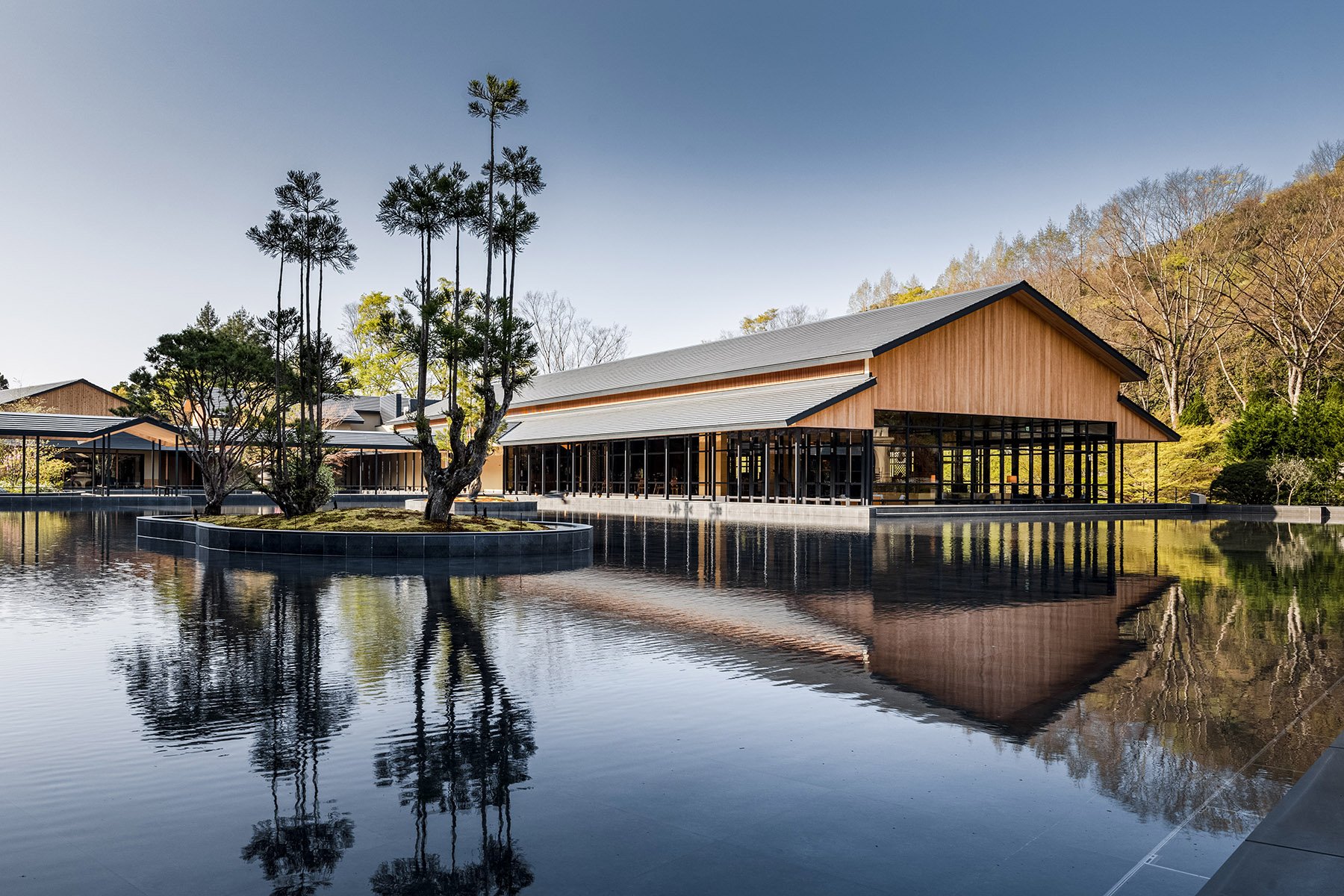
A retreat-style resort tucked away in Kyoto’s Takagamine mountainside that celebrates traditional Japanese design merged with modern-day minimalism.
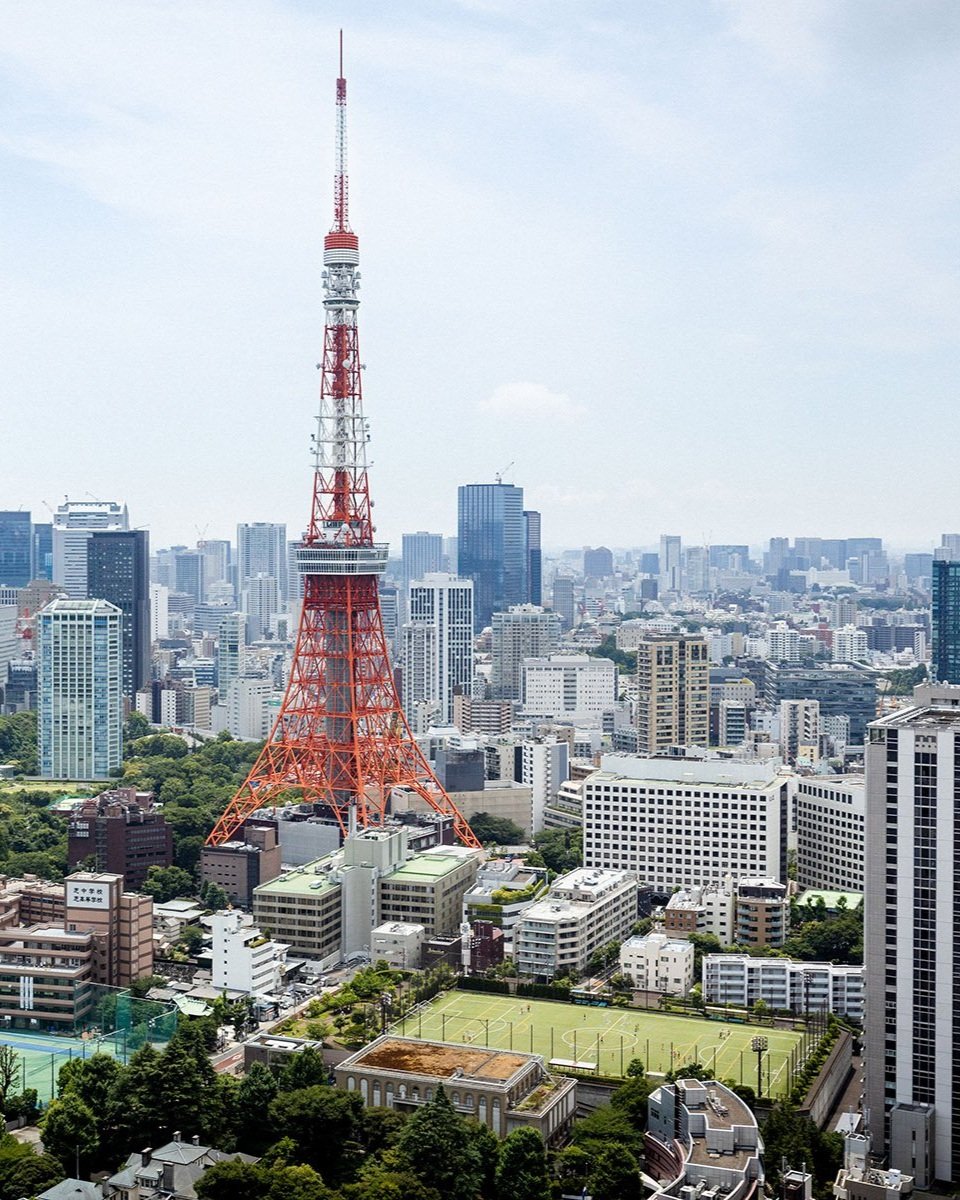
Hidden tofu restaurants, a long-standing paper-maker, and a giant haven for book lovers. Here’s how to spend 36 hours in Japan’s capital city.
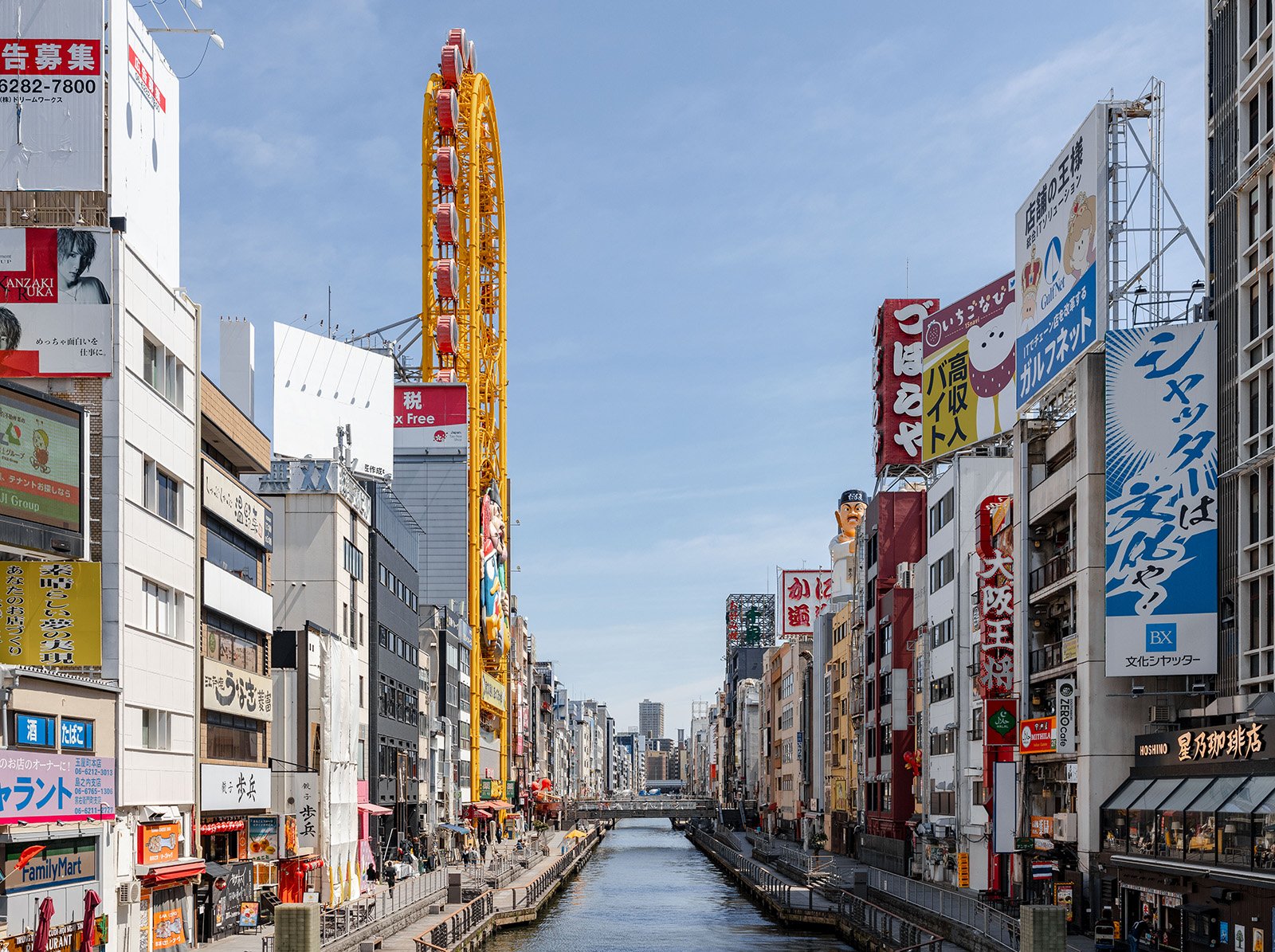
It’s the third largest city in Japan, and famous the world over. But is Osaka worth visiting in 2024?

The first of its kind in on the island, The Ritz-Carlton Fukuoka combines low-key luxury and traditional crafts into one of the area’s most enticing accommodation options.

Known globally for the Nebuta Matsuri, Aomori Prefecture plays host to a number of artistic landmarks including Aomori Museum of Art and the Ryue Nishizawa-designed, Towada Art Center.

Echigo-Tsumari Art Field seamlessly combines rural Japan with modern artistic expressions from both local and international artists.
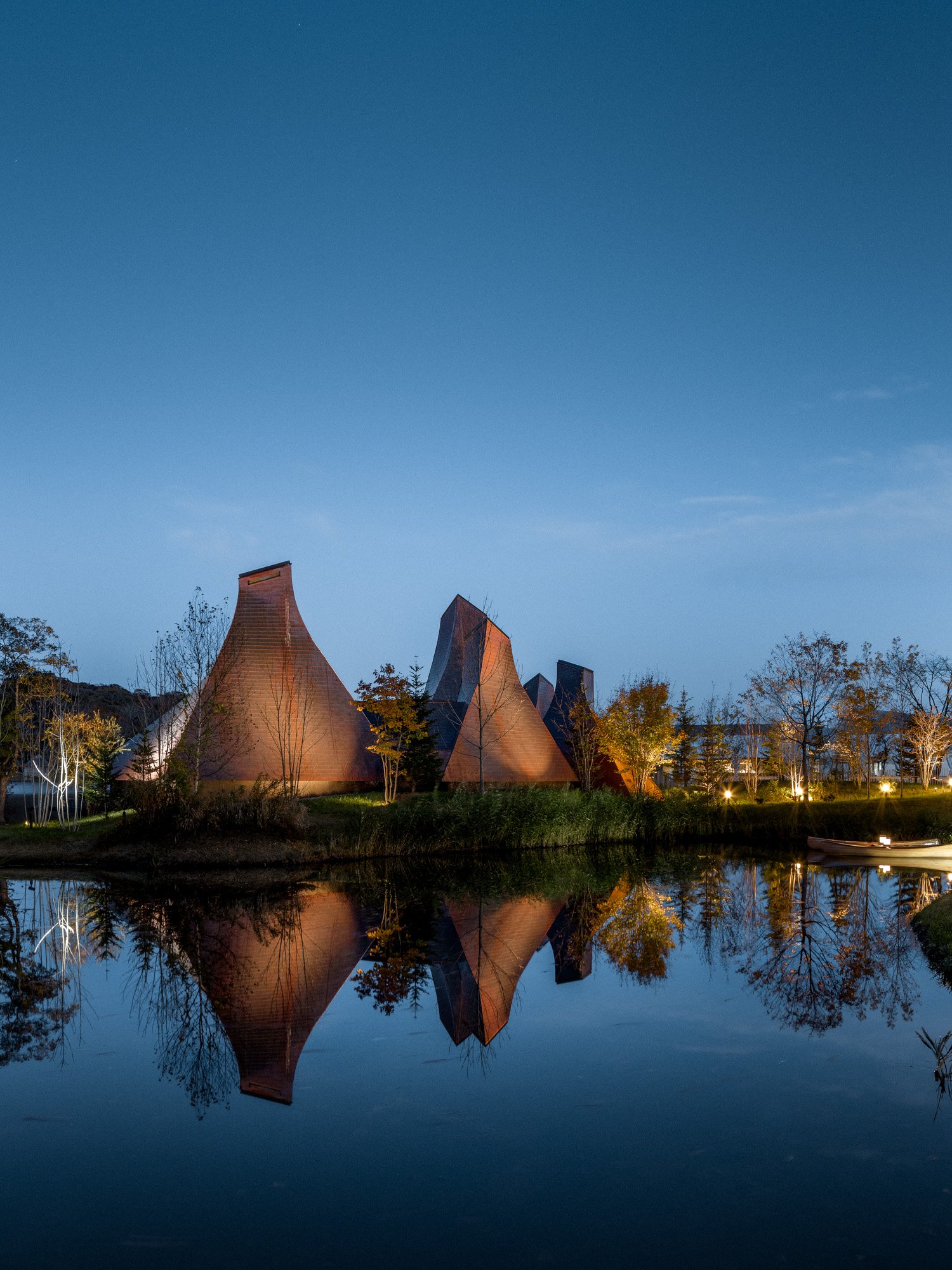
Set on the edge of Lake Poroto and enfolded in forest, this 42-room ryokan convincingly blurs the line between man-made structures and its bucolic surroundings.
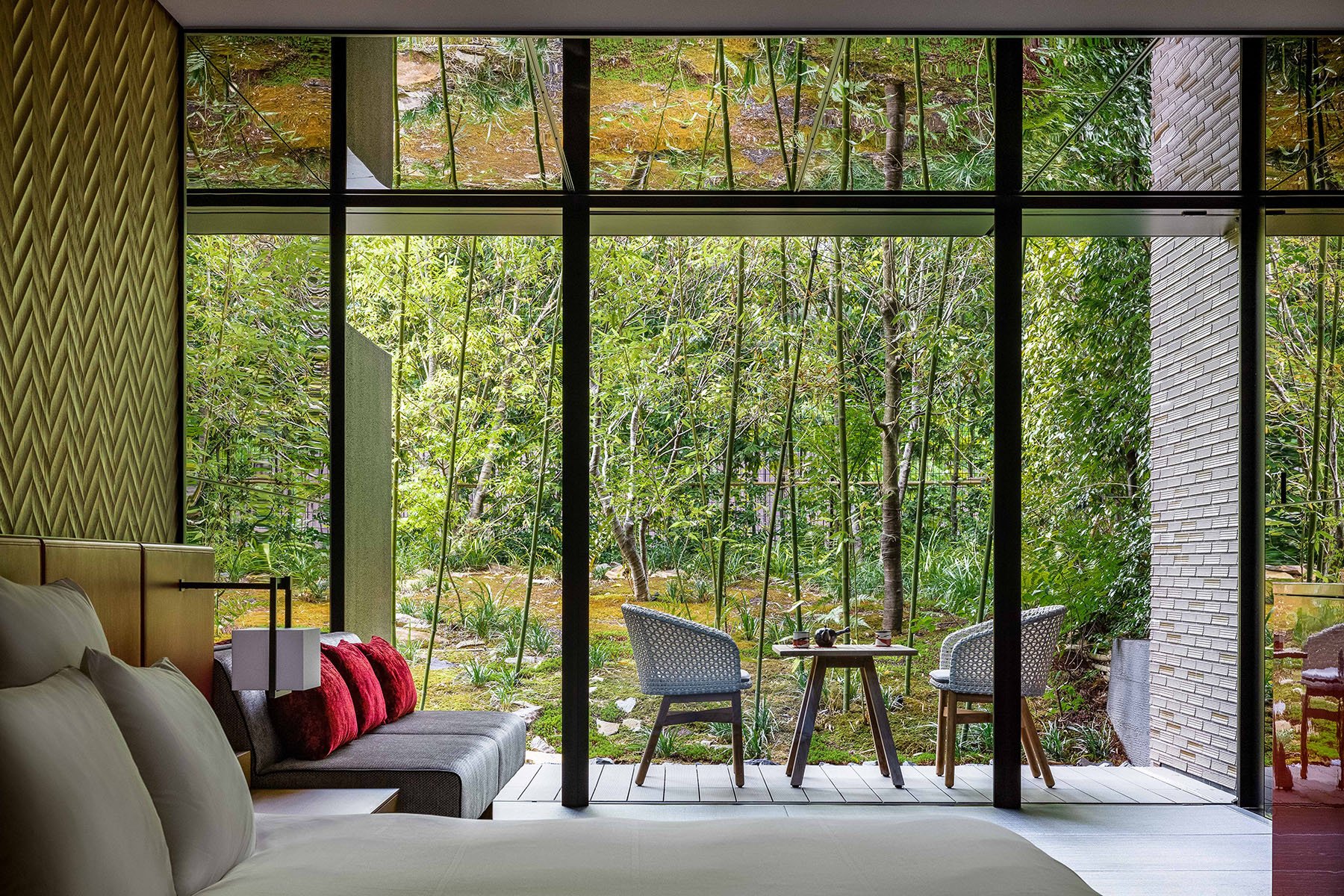
An intimate 25-room hotel in a quiet corner of Japan’s ancient capital with a strong focus on wellbeing. With countless accommodation options in Kyoto, let’s take a look at Garrya stand out from the crowd.

Nowhere is the timelessness of Ryukyu culture more beautifully preserved than the hidden village of Hoshinoya Taketomi Island.

A private cabin, toasted marshmallows, and breakfast at the foot of Mt Fuji, Hoshinoya Fuji is Japan’s first-ever glamping resort.

The third property by Maana Homes, Maana Kiyomizu is designed by local architects Shigenori Uoya and Takeshi Ikei, with each of three guest suites created as intimate spaces to enhance the senses.

Inspired by Japanese minimalism, the concept of The Ritz-Carlton Nikko is based around ‘celebrating nature through a luxury lens’.
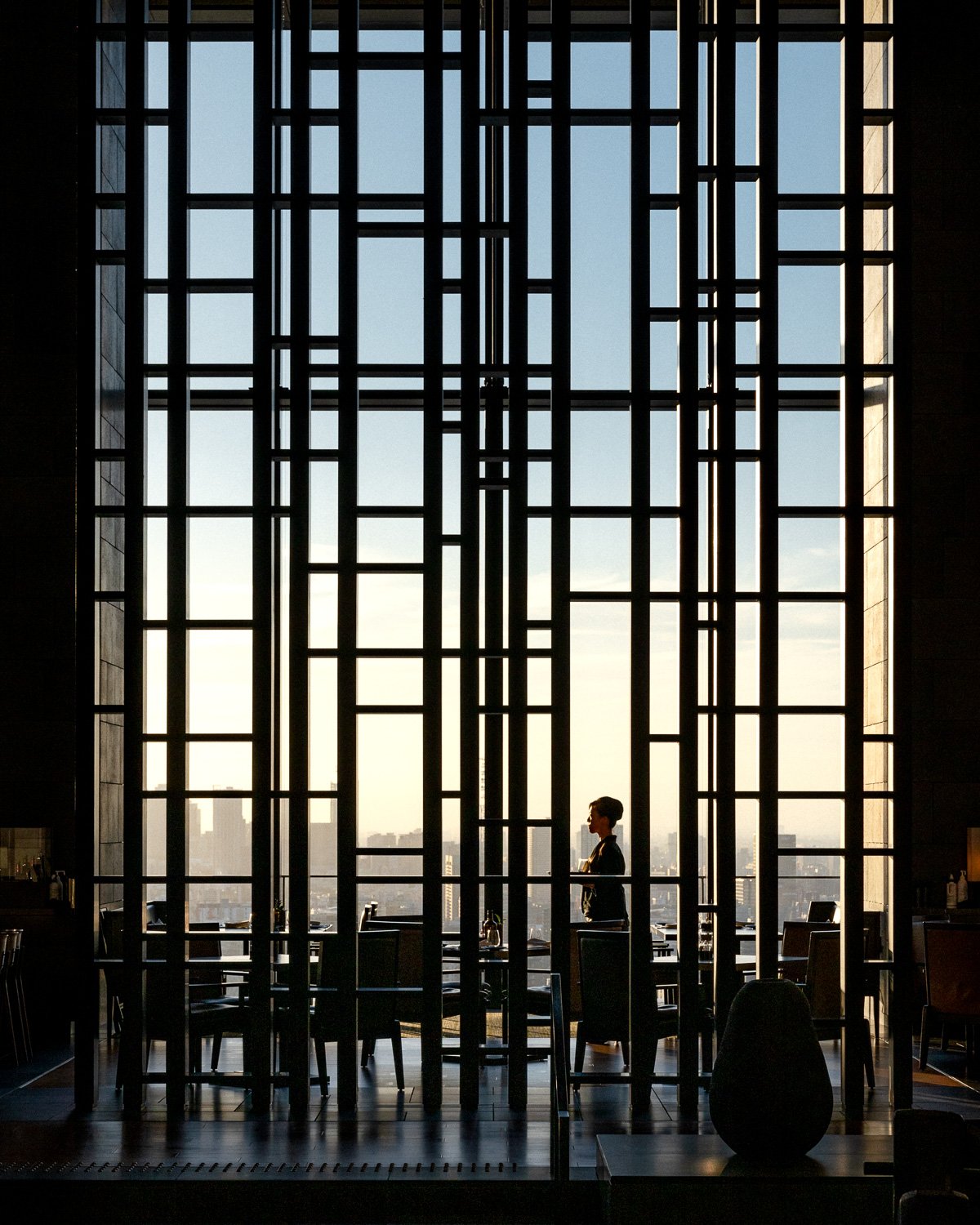
Created to ‘temper urban dynamism with a profound atmosphere of serenity’, each curated space at Aman Tokyo is inspired by timeless Japanese design traditions.

Once a centre for the Japanese silk trade, the small city of Maebashi in Gunma Prefecture might not be as famous as some of its neighbours, but that is all set to change.

Kickstart your Tokyo travel plans with my latest snapshot guide, featuring 10 of my favourite Tokyo Neighbourhoods. I’ll take you to some of my favourite hidden corners and offer a more thoughtful, slower way to appreciate Tokyo, away from the usual tourist traps.